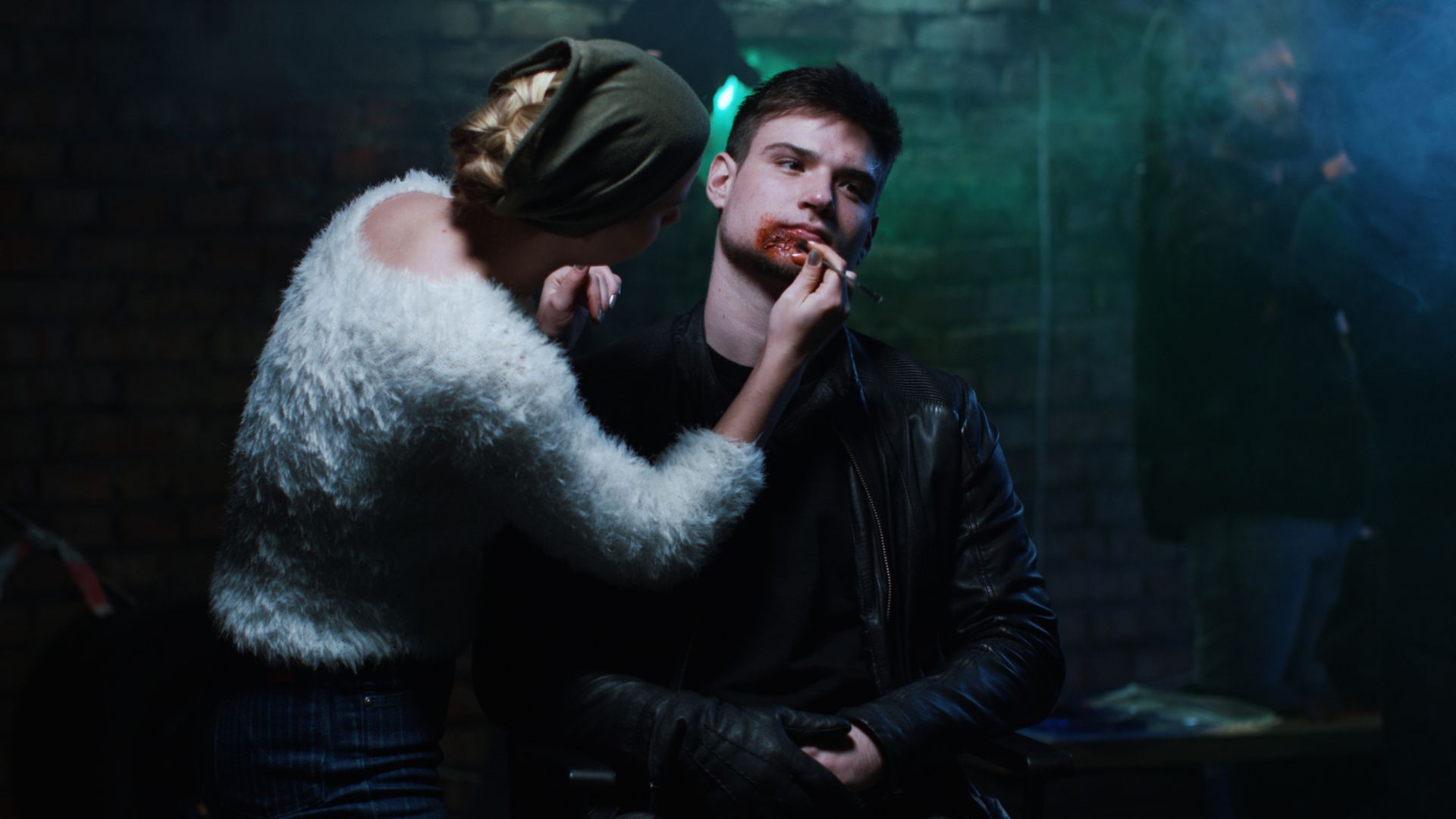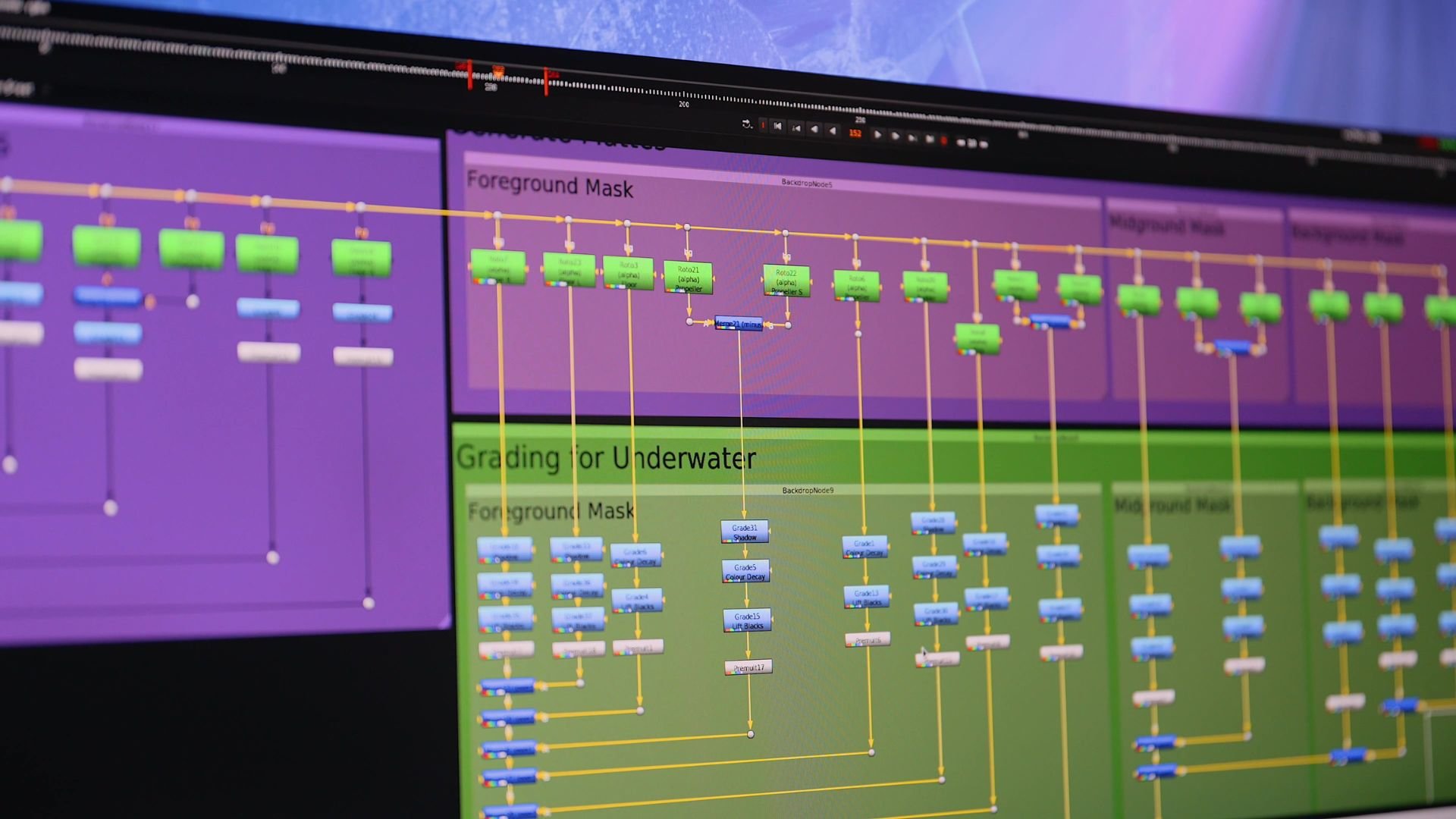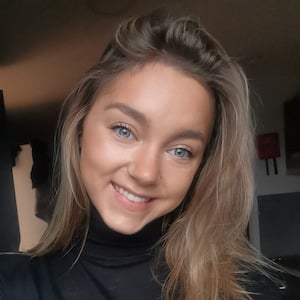
Impossible is nothing - a slogan you have probably heard before, but very true when talking about Visual Effects. When you can do so many things in VFX, should you do them in-camera or off-camera? We interviewed one of the leading VFX schools in the UK to find out what it takes to work as a VFX artist.
Visual effects
Visual effects mix art with technology. It combines the work of animators, videographers, and special effects artists to create effects that blur the line between fiction and reality. VFX artists need to master techniques such as drawing, colour theory, perspective, photography and composition to understand how to create realistic visual effects.
Today, visual effects are a large part of computer-generated graphics, which is a huge driver for the filmmaking industry. Integration of live-action footage with CGI paired with a massive LED volume stage is revolutionising the way we create fictional yet very realistic-looking scenes. It is part of the very first stage of filmmaking where the production team plans and prepares the storyboard.
Arts University Bournemouth
Located in Bournemouth, Arts University Bournemouth (AUB) has a stellar reputation when it comes to VFX. We had an opportunity to get to know their undergraduate course in Visual Effects for Film and Television where their students learn to work with art and technology. By learning drawing techniques with high-level tuition in computer-generated production techniques, students will learn to use different techniques to master a set of visual effects.
Their 3-year course offers comprehensive and practical teaching to anyone interested in starting a career in VFX in Film and TV. The course will teach the students the technical and technological disciplines to develop an appropriate knowledge of 2D and 3D software. This will be done by attending different practical workshops, lectures and seminars to understand moving imagery and develop an aesthetic awareness of both traditional and digital techniques.
"If you can imagine it, you can create it. That’s the true beauty of Visual Effects. As visual storytellers, we make the unimaginable come alive." - Sarah von Fersen, Arts University Bournemouth
The course leader Harvey Goodall mentions the importance of daily feedback when teaching VFX. You need to have a comprehensive understanding of filmmaking and all the skills needed from start to finish. Here are some of the skills you need to have as a VFX artist:
- Having a 'good eye' for visuals means you understand what makes an image appear realistic in terms of light, colour, composition and perspective.
- You also have a knowledge of photography. You understand cameras, cinematography, and how films are made.
- You know how to adapt to different compositing applications such as After Effects, Blackmagic Fusion, Houdini, Maya, Nuke, and Photoshop.
- Collaborative skills able you to work with other VFX artists and use each other’s resources effectively and efficiently.
- Working with deadlines: working within given time frames and being able to complete work under pressure.
Course structure
During the first year, students learn the basics: understand what they need, understand compositing and understand what is required in a shot. The first year is a great stepping ground for all of the students coming from different backgrounds. They learn the underlying concepts and fundamental structural principles of visual effects work. Harvey mentions how you don't do the same thing twice, so you need to know what you conceptually do and why you do it.
"I would recommend it to anyone that has an interest in film," says Harvey. "That's pretty much all you need as a foundation to be in the course, along with an interest in creative courses because you need a portfolio to apply. Everyone at the start of the course is at a different level with the software but there are units to get to grips with each of them and by the end of it everyone is pretty much at the same level."
During their second year, students learn the importance of a collaborative production process by working both independently and as part of a team. Students will learn the whole visual effects sequence from concept and pre-visualisation stages through to live-action acquisition, asset creation and compositing. This helps the students to develop their own visual effects sequence in preparation for their final year.
"The course was great for preparing us for the professional industry as a big part of our second year was collaborating with final year film students on their final films in a simulated pipeline, this was an interesting learning experience as we got to see a film go through the whole pipeline," explains Lucinda Gooch, VFX student at AUB

During the final year, all of the students are asked to produce a film to put their learning to practice. It starts from the very beginning from costumes to all the way to the post-production finishes. Students get to work collaboratively with different departments to truly experience what it takes to produce VFX scenes from scratch. This is a very extensive project, but if done right, gives a great showcase when entering the field of professional filmmaking.
"The third year as a whole was also, I think, the best year of the course," June says. "We spend the whole year working on our own short film as a simulated VFX studio, with the different departments (2D and 3D) split between two rooms. The planning starts at the end of the second year and the third year is spent sorting out locations and costumes, so we were driving to castles and trying to get filming permission and getting to terms with the pre-production side of the pipeline. We then spent the next 9 months working on the film, with 2 days on set, and we would have dailies each week for feedback. It was just a really fun unit to work on and it gave us all a chance to build our skills and our relationships."
Graduate talks
Toby Jueno, a recent VFX graduate from AUB, tells us what got him interested in VFX in the first place: "I had loved using Maya and Photoshop at school on my A Level Graphics course, and so seeing that there was a course where you manipulate images to look realistic and use Maya to create assets and add to the scene, that was perfect for me. I also already loved films and this only furthered my interest. I remember getting home from that open day and just researching VFX and all the behind-the-scenes from my favourite films."
Watch this VFX breakdown from Toby Jueno that he produced as a part of his course and see what goes behind every in and out of visual effects.
The Order- VFX Breakdown from Toby Jueno on Vimeo.
As final words, I like to always go back to our previous discussion about "Should I go to Film School", because surely this sounds like a very creative hands-on opportunity for anyone interested in the arts and craft of visual effects.
Tags: Post & VFX


Comments